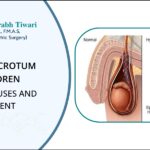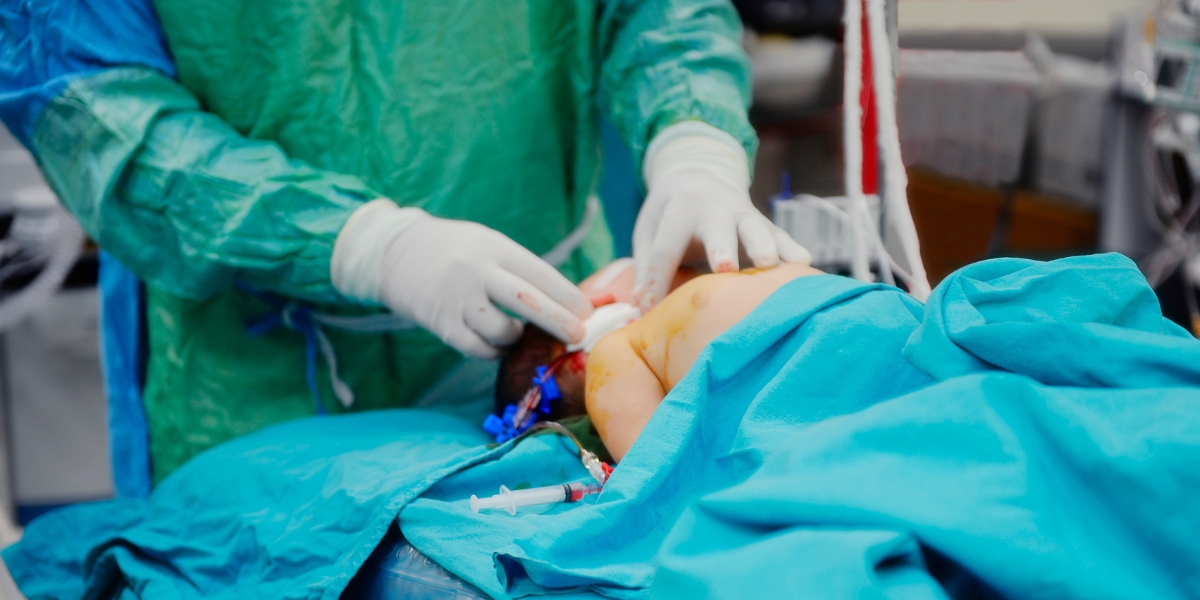What is Laparoscopic Surgery?
Laparoscopic surgery, also known as minimally invasive surgery, is a modern medical technique that has revolutionized pediatric surgical care. Laparoscopic surgery involves performing operations through small incisions, typically 0.5 to 1.5 cm long, using specialized instruments and a camera called a laparoscope. This device transmits images from inside the body onto a monitor, allowing surgeons to visualize and perform the surgery with precision. The technique is used to diagnose and treat a variety of conditions in children, ranging from appendicitis and hernias to more complex gastrointestinal and urological disorders.
Must Read – Advancements in Pediatric Laparoscopic Surgery: A Guide for Parents
Benefits of Laparoscopic Surgery for Children
Minimal Trauma and Faster Recovery
One of the primary advantages of laparoscopic surgery in children is minimal trauma. Compared to traditional open surgery requiring larger incisions and more extensive tissue manipulation, laparoscopic procedures result in smaller scars and less damage to surrounding tissues. This reduces postoperative pain and discomfort for young patients, leading to faster recovery times.
Enhanced Precision and Visual Clarity
The use of a laparoscope provides enhanced visual clarity for surgeons. The magnified images enable precise identification and manipulation of delicate structures, such as blood vessels and organs. This is crucial in pediatric surgery where anatomical structures are smaller and more delicate.
Lower Risk of Infection
Due to the smaller incisions and reduced exposure of internal organs to the external environment, laparoscopic surgery carries a lower risk of infection compared to traditional open surgery. This is particularly significant in pediatric patients whose immune systems are still developing and who are more susceptible to infections.
Shorter Hospital Stays
Children undergoing laparoscopic procedures often experience shorter hospital stays compared to those undergoing open surgery. This is attributed to quicker recovery times, reduced postoperative pain, and fewer complications, allowing young patients to return to normal activities sooner.
Common Pediatric Conditions Treated with Laparoscopic Surgery
Appendicitis
Laparoscopic appendectomy is a common procedure performed in children diagnosed with appendicitis. The minimally invasive approach allows surgeons to remove the inflamed appendix safely, thereby preventing complications such as rupture and peritonitis.
Hernias
Pediatric inguinal and umbilical hernias are frequently repaired using laparoscopic techniques. By inserting a mesh to reinforce the weakened abdominal wall through small incisions, surgeons can effectively repair the hernia with minimal discomfort and quicker recovery for the child.
Gastrointestinal Disorders
Conditions such as pyloric stenosis, intestinal malrotation, and Meckel’s diverticulum can often be corrected using laparoscopic surgery. The ability to explore and manipulate the gastrointestinal tract with precision reduces the risk of complications and accelerates recovery.
Urological Conditions
Laparoscopic surgery is also utilized in treating various pediatric urological conditions such as undescended testes (cryptorchidism) and vesicoureteral reflux (VUR). These procedures aim to correct anatomical abnormalities while minimizing trauma to surrounding tissues, thereby preserving urinary and reproductive functions.
Laparoscopic surgery has emerged as a cornerstone in pediatric surgical practice, offering numerous advantages over traditional open surgery. From minimal trauma and faster recovery times to enhanced precision and reduced risks of complications, this innovative approach continues to redefine the standard of care for children requiring surgical interventions. Consult Dr. Saurabh Tiwari, a renowned pediatric surgeon in Goregaon, Malad, Andheri, and Jogeshwari, is dedicated to providing exceptional care for children.




